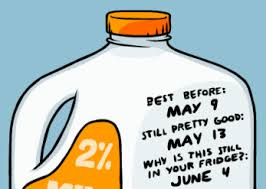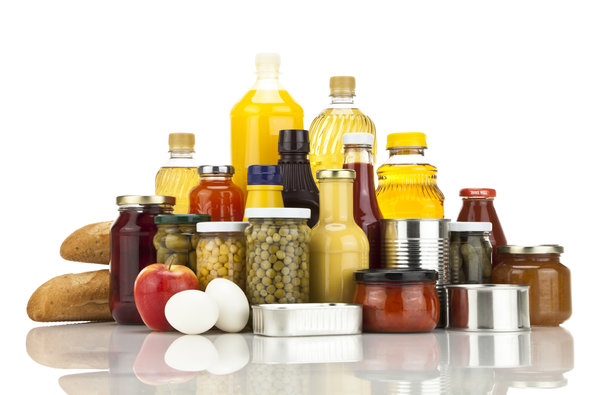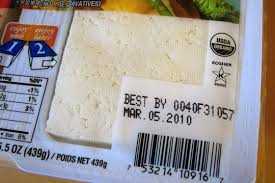 Food expiration dates are generally guidelines rather than hard-and-fast rules.
Food expiration dates are generally guidelines rather than hard-and-fast rules.
Obviously, a container of milk won’t sour at precisely 12:01 a.m. on the stamped date. But the dates on labels can be tricky.
The Food and Drug Administration doesn’t regulate expiration dates except on baby formula. Many dates are there for the benefit of the store, not the consumer.
Kristin Kirkpatrick, the manager of nutrition services at the Cleveland  Clinic Wellness Institute, offers a quick guide to label language:
Clinic Wellness Institute, offers a quick guide to label language:
– A “sell by” date indicates how long a store should display a product on its shelves. Foods can still be tasty and are safe for several days longer if stored properly.
– A “use by” or “best if used by” date comes from the manufacturer and refers to taste and texture, not safety.
– An “expiration” date is the only packaging date related to food safety. If this date has passed, throw the food out.
Unfortunately, 30 percent to 40 percent of all harvested food in this country ends up wasted, much of it by consumers who waited too long to eat it, or worried it had gone bad, according to a report last month in PLOS One.
 Adding to the confusion: Foods spoil at different rates, depending on their type and growing conditions, as well as how they were harvested, transported and distributed, and how they have been stored after being purchased, said Robert B. Gravani, a professor of food science at Cornell University.
Adding to the confusion: Foods spoil at different rates, depending on their type and growing conditions, as well as how they were harvested, transported and distributed, and how they have been stored after being purchased, said Robert B. Gravani, a professor of food science at Cornell University.
Looking closely at food isn’t a good way to check for spoilage, Dr. Gravani said, because bacteria are largely invisible.
Source: New York Times
